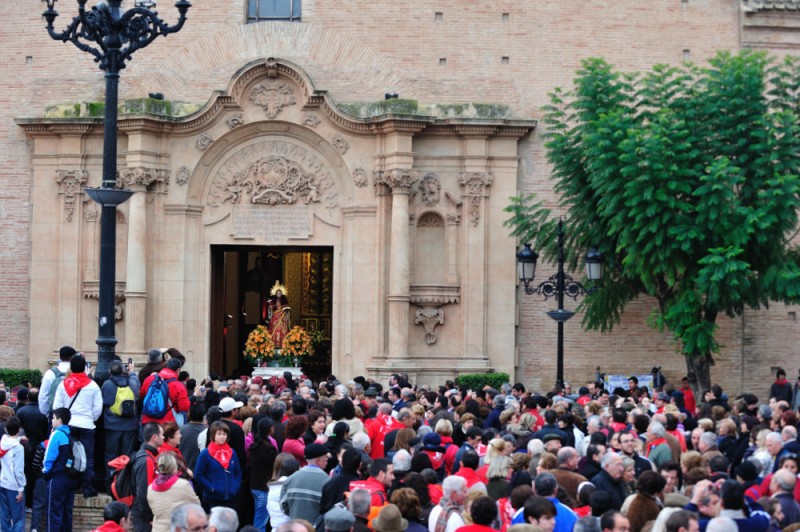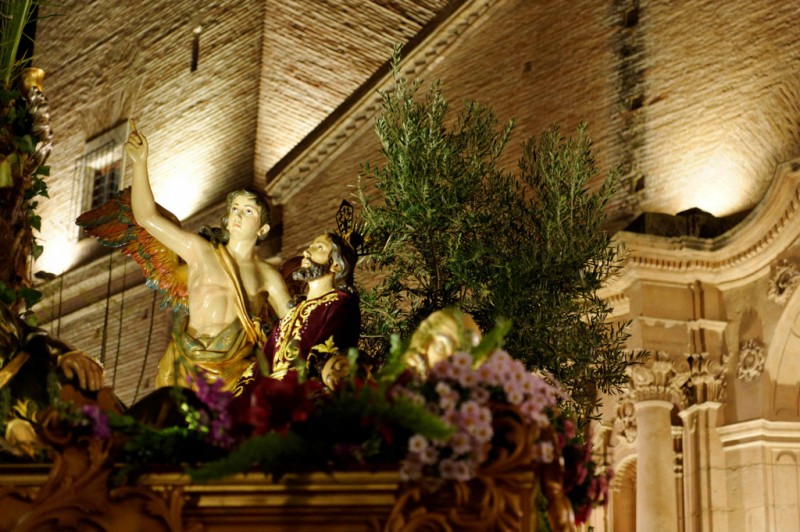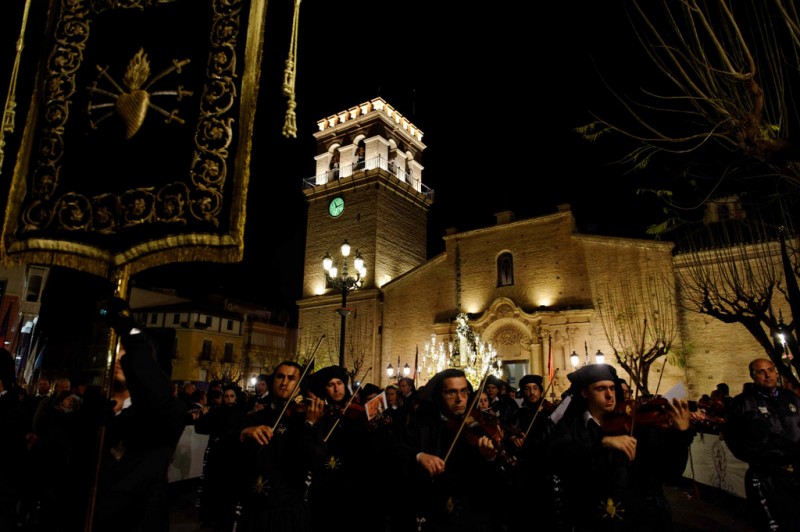
To be listed on the CAMPOSOL TODAY MAP please call +34 968 018 268.

Guidelines for submitting articles to Condado Today
Hello, and thank you for choosing CondadoToday.com to publicise your organisation’s info or event.
Condado Today is a website set up by Murcia Today specifically for residents of the urbanisation in Southwest Murcia, providing news and information on what’s happening in the local area, which is the largest English-speaking expat area in the Region of Murcia.
When submitting text to be included on Condado Today, please abide by the following guidelines so we can upload your article as swiftly as possible:
Send an email to editor@condadotoday.com or contact@murciatoday.com
Attach the information in a Word Document or Google Doc
Include all relevant points, including:
Who is the organisation running the event?
Where is it happening?
When?
How much does it cost?
Is it necessary to book beforehand, or can people just show up on the day?
…but try not to exceed 300 words
Also attach a photo to illustrate your article, no more than 100kb

The parish church of Santiago El Mayor in Totana
The church stands in the Plaza de la Constitución in the centre of Totana
 This 16th century parish church dedicated to Santiago, the patron saint of Spain, stands in the centre of Totana alongside the Town Hall and the Fuente de Juan de Uzeta in the Plaza de la Constitución, and has been one of the focal points of life in the town for well over 400 years since it was consecrated in 1567.
This 16th century parish church dedicated to Santiago, the patron saint of Spain, stands in the centre of Totana alongside the Town Hall and the Fuente de Juan de Uzeta in the Plaza de la Constitución, and has been one of the focal points of life in the town for well over 400 years since it was consecrated in 1567.
Construction of the church was undertaken after there had been substantial growth in the population of Totana in the first half of the 16th century as a result of the completion of the Reconquista of Granada from the Moors in 1492. Until that point Totana had been dangerously close to the frontier between the Christian territory of Murcia, which had already been taken from the Moors in the 13th century, and the Nazarid kingdom of Granada, and the few people living in the area had generally preferred the security of the more fortified town of Aledo in the foothills of Sierra Espuña (see the history of Totana).

However, once the threat of Moorish raids was removed there was a gradual migration of the townspeople of Aledo to Totana, which was closer to the farmland on which future prosperity was to be based, and in 1549 work began to build a monumental church.
Inside the church, of particular interest to architects, art historians and visitors are the side chapels, particularly the one devoted to San Ildefonso (1580), which contains an altarpiece showing the Saint receiving his chasuble from angels, and the chapel of Nuestra Señora del Rosario (1664), which features an altarpiece by Antonio Caro.
Other outstanding features include the Mudéjar-style vaulted ceiling, created by Lorca craftsman Esteban Riberón, and the main altarpiece, which dates from 1672 and is another creation of Antonio Caro.
The church also contains a figure of María Magdalena which is attributed to the master sculptor Francisco Salzillo (1707-83), and one showing Santiago himself which was the work of González Moreno in 1780.
On the outside, the emblematic tower was added slightly later, between 1603 and 1608, since when it has become one of the most instantly recognizable sights in Totana. As was frequently the case in more rural areas of the Region of Murcia, the purpose of the church tower was two-fold: firstly, of course, it was an expression of the place of worship reaching up to wards the heavens, but at the same time architect Juan Fernández was aware of the need to place the clock and the bells in a prominent location where they could be seen and heard in the countryside around the town. This need arose on account of the rota which determined farmers’ access to the water in the network of irrigation ditches or “acequias”, enabling crops to be grown in the fertile but dry soil.

The tower is a three-storey structure made of brick, and the balcony railing at the top of the second level was originally decorated in blue and gold. Crenellated battlements which were added in later centuries provide a Gothic touch, and beneath them are ceramic gargoyles created by local craftsmen.
In general the exterior appearance of the church is one of a kind of religious fortress, with few windows and doors. However, the main entrance is impressive, flanked as it is by two pilasters in baroque style with appropriate decorative elements such as floral motifs and angels.
A second door, known as the “puerta de abajo”, was opened up in the late 17th century.
The church is the focal point of religious activities in the municipality and provides an impressive and atmospheric backdrop for the processions of Semana Santa, the Romería of Santa Eulalia and many other community events.

Mass times during the winter are as follows: Monday to Friday 9.30 and 19.00, Saturdays 19.00, Sundays and religious holidays 8.00, 10.00, 11.00, 12.00 and 18.00.
In summer the evening Mass moves back to 20.00 every day except Sunday (19.00), and the 11.00 Mass on Sundays is not held.
Click for map location of the Iglesia de Santiago in Totana.
Click for more information about the municipality of Totana.
Sign up for the Spanish News Today Editors Roundup Weekly Bulletin and get an email with all the week’s news straight to your inbox
Special offer: Subscribe now for 25% off (36.95 euros for 48 Bulletins)
OR
you can sign up to our FREE weekly roundup!
Read some of our recent bulletins:
Discount Special Offer subscription:
36.95€ for 48 Editor’s Weekly News Roundup bulletins!
Please CLICK THE BUTTON to subscribe.
(List price 3 months 12 Bulletins)
Read more stories from around Spain:



